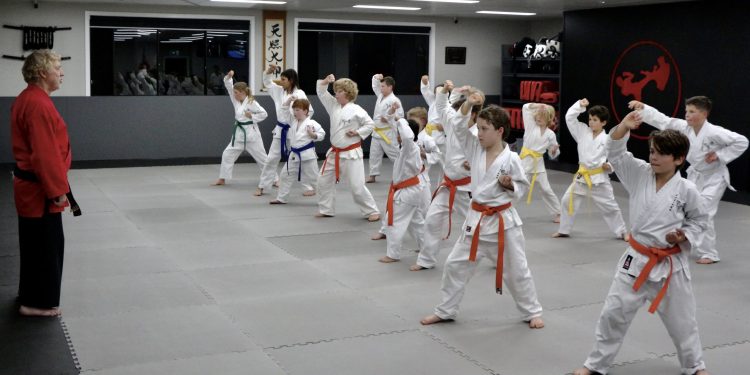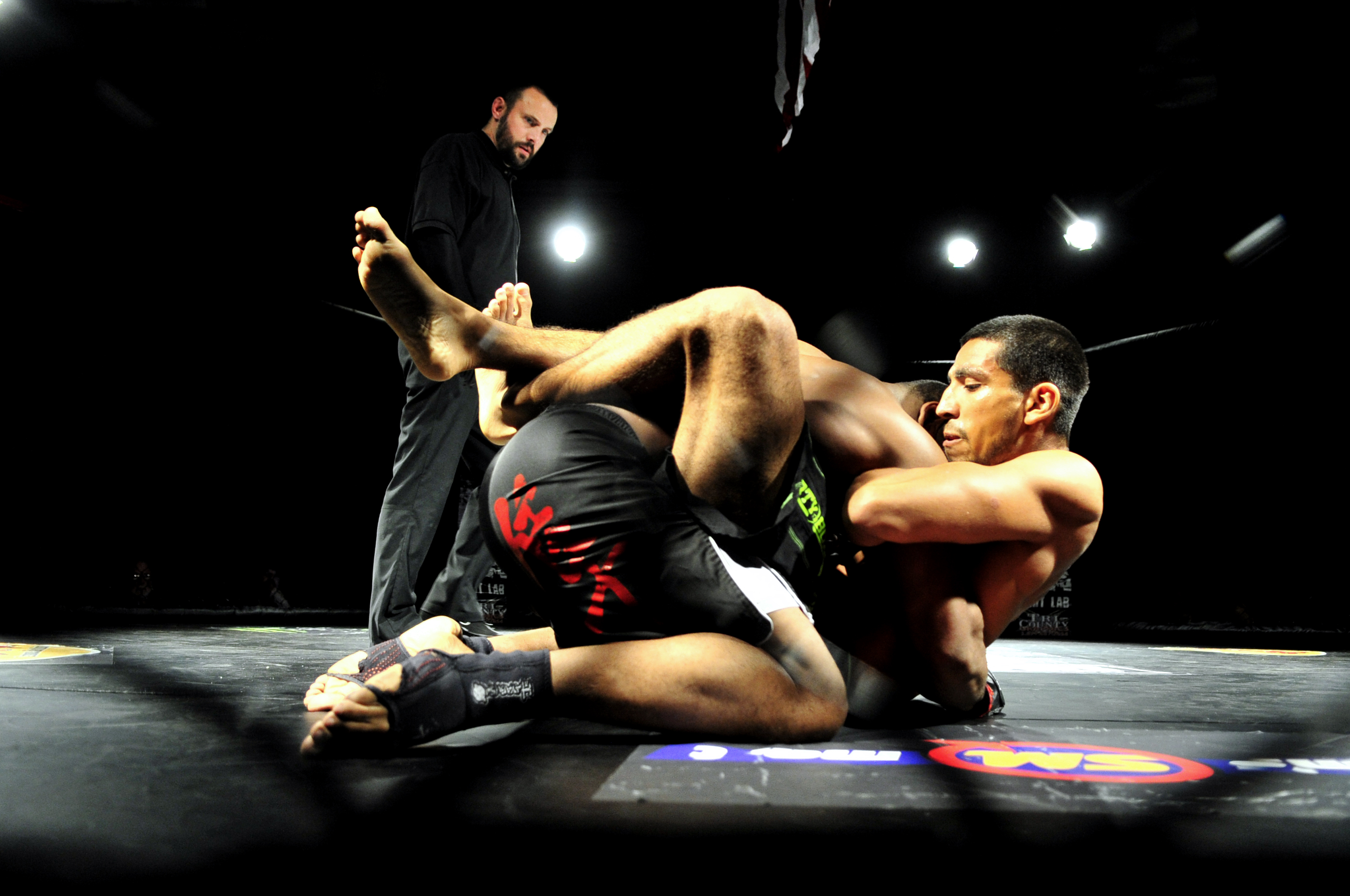Getting into MMA can seem daunting at first, but it’s a thrilling journey full of learning and personal growth. Mixed Martial Arts (MMA) combines techniques from various martial arts disciplines, engaging fighters in styles that vary from grappling to striking. One might wonder how to embark on this path, especially without prior experience. That first step may feel like entering an entirely new world—where fists and philosophy meet in a dance of strategy and strength.
Understanding the Appeal of MMA
For those wondering how to get into MMA, it’s crucial to first understand what draws you to this challenging sport. The appeal often lies in its complexity and the demand for both physical agility and mental acuity. It’s not just about brute force; it’s a test of reflexes, discipline, and intelligence. Many find the discipline, respect, and continuous learning inherent in MMA highly rewarding.
Did you know? The first recorded instance of a sport similar to MMA was the ancient Greek martial art of Pankration, introduced in the Olympic Games in 648 BC. It combined striking and grappling, very much like modern MMA.
Physical and Mental Preparation
Before getting your first MMA training gloves, start with getting your mind and body ready. Physical conditioning is paramount; MMA fighters are known for their endurance and fitness. Begin with a regimen that includes cardio, strength training, and flexibility exercises. Equally important is mental preparation—cultivating focus, resilience, and a learning mindset can help tremendously. Remember, losses in MMA are often seen as learning experiences.
Choosing the Right Gym
To get into MMA, the next step is finding a gym that suits your needs. Choose a gym with experienced trainers, a good reputation, and an encouraging environment. Whether you’re looking to compete or train for fitness, your gym should align with your goals. Visiting a few gyms, observing the classes, and speaking with instructors can provide valuable insights.
Different Styles and Techniques
MMA is a melting pot of martial arts—each style contributes unique elements to a fighter’s skill set. Wrestling, Brazilian Jiu-Jitsu, Muay Thai, and Boxing are some of the key components of MMA. As a beginner, learning the basic techniques and understanding your preferences is essential. Over time, you can develop a unique fighting style that leverages your strengths.
Tips for Training
Training regularly under the guidance of experienced coaches will set you on a path to success. Focus on developing both your strengths and weaknesses. Ask for feedback, spar safely, and most importantly, listen to your body. Rest and recovery are integral to improving your performance and avoiding injuries.
- Visit various gyms and engage with trainers and trainees.
- Start with foundational classes in different martial arts styles.
- Consistently assess your growth and adapt your training routine.
Diet and Nutrition
A balanced diet is vital for any athlete, and MMA fighters are no exception. Protein, healthy fats, and carbohydrates should feature prominently in your meals, with an emphasis on hydration and micronutrients. Proper nutrition aids recovery and enhances performance, especially important during rigorous training sessions.
| Nutrient | Role in Training | Food Sources |
|---|---|---|
| Protein | Muscle Repair | Chicken, Fish, Beans |
| Carbohydrates | Energy Supply | Whole Grains, Fruits, Vegetables |
| Fats | Energy and Hormones | Nuts, Seeds, Avocado |
| Hydration | Overall Health | Water, Electrolytes |
Competing in MMA
While not everyone trains MMA to compete, many do find their way into the cage. For those interested, competing requires dedication, strategy, and a strong mental attitude. Knowing the rules and regulations, understanding the scoring system, and familiarizing oneself with the cage environment can make a vital difference.
Historical insight: The UFC, founded in 1993, was a major turning point for MMA, bringing the sport into mainstream awareness. Since then, it has become one of the world’s fastest-growing sports, attracting fans globally.
Overcoming Challenges in MMA
MMA is as much a test of mental fortitude as it is physical prowess. Beginners may face several challenges, such as balancing training with personal life, dealing with injuries, or overcoming self-doubt. Seek support from peers and coaches, remain focused on your goals, and celebrate every success, no matter how small.
Frequently Asked Questions
What age should I start training MMA? There is no perfect age to start; individuals start as young as 5 and as late as 45. It’s more about commitment and health.
Do I need a martial arts background? Not necessarily, although it helps. Many successful fighters began their training specifically for MMA.
Is MMA safe? Any contact sport carries risks, but with proper training, gear, and precautions, it’s relatively safe.
Can I train MMA for fitness only? Absolutely! Many people train in MMA purely for fitness, discipline, and self-defense skills.
Conclusion
Becoming involved in MMA is a transformative experience. It’s about pushing personal boundaries, embracing discipline, and finding a community of like-minded individuals who share a passion for martial arts. Whether you’re dreaming of becoming a professional fighter or just seeking a unique way to stay fit, MMA offers incredible opportunities to grow and excel. Thanks for reading, and feel free to explore other insightful articles on our website.
| Training Aspect | Key Focus |
|---|---|
| Physical Conditioning | Cardio, Strength, Flexibility |
| Mental Preparation | Focus, Resilience, Learning Mindset |
| Choosing a Gym | Experienced Trainers, Encouraging Environment |
















